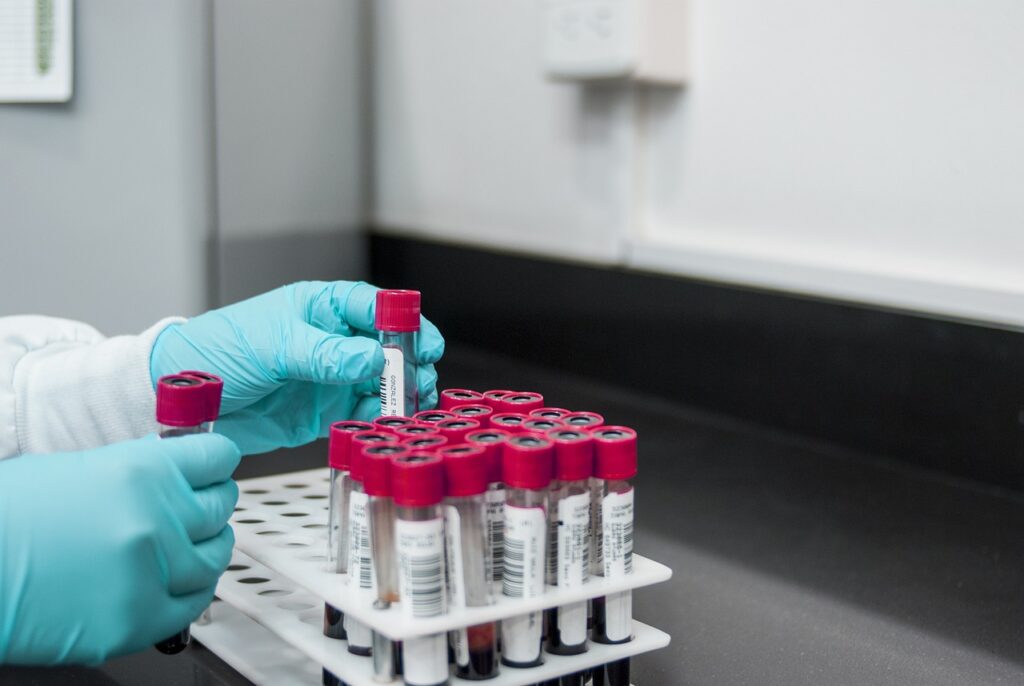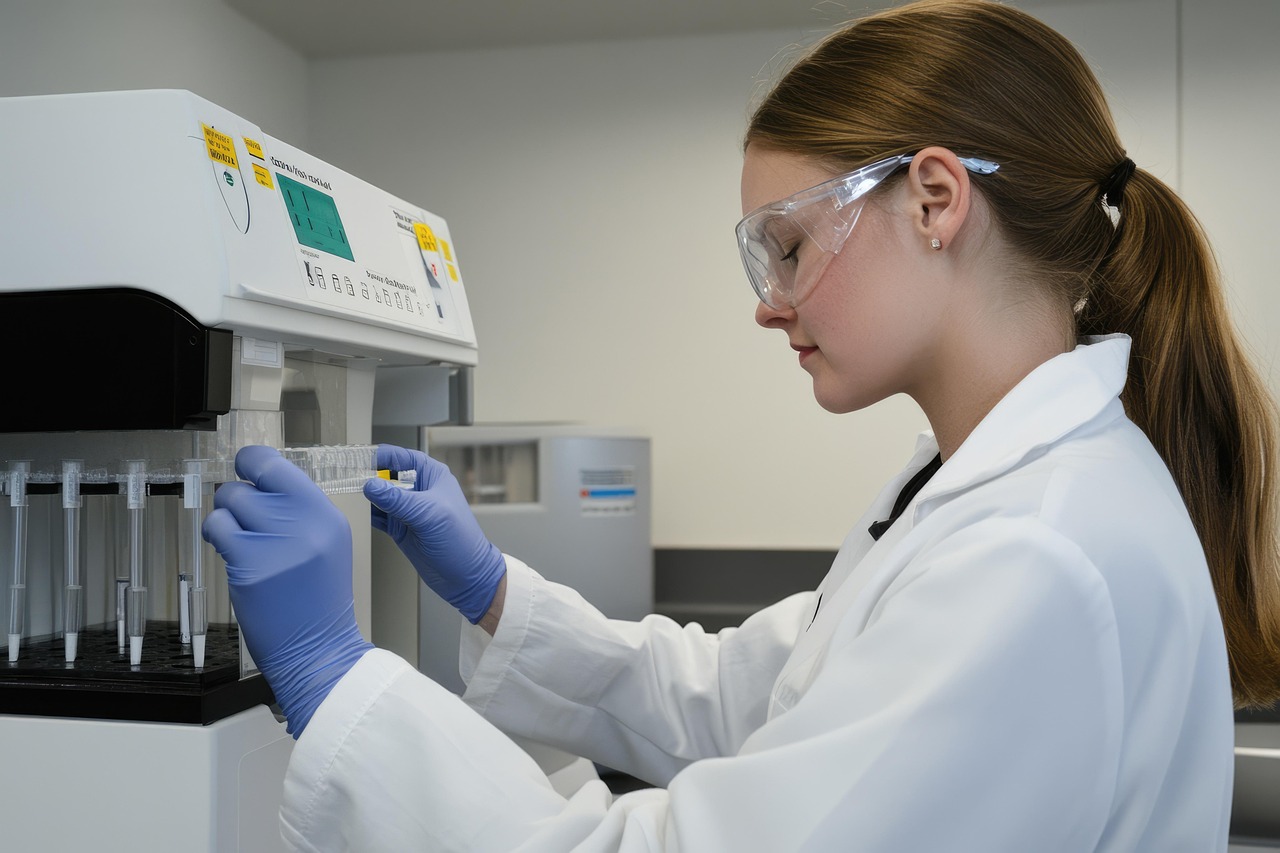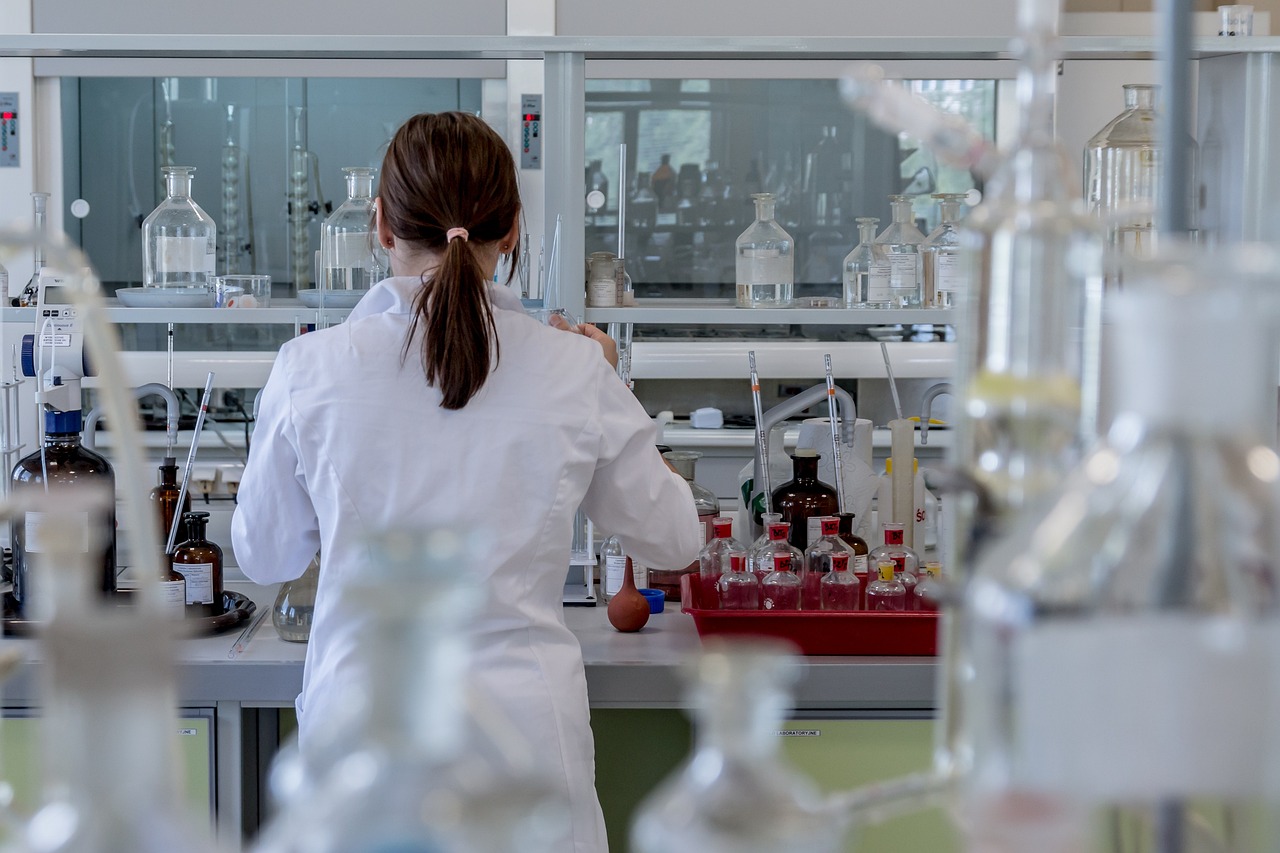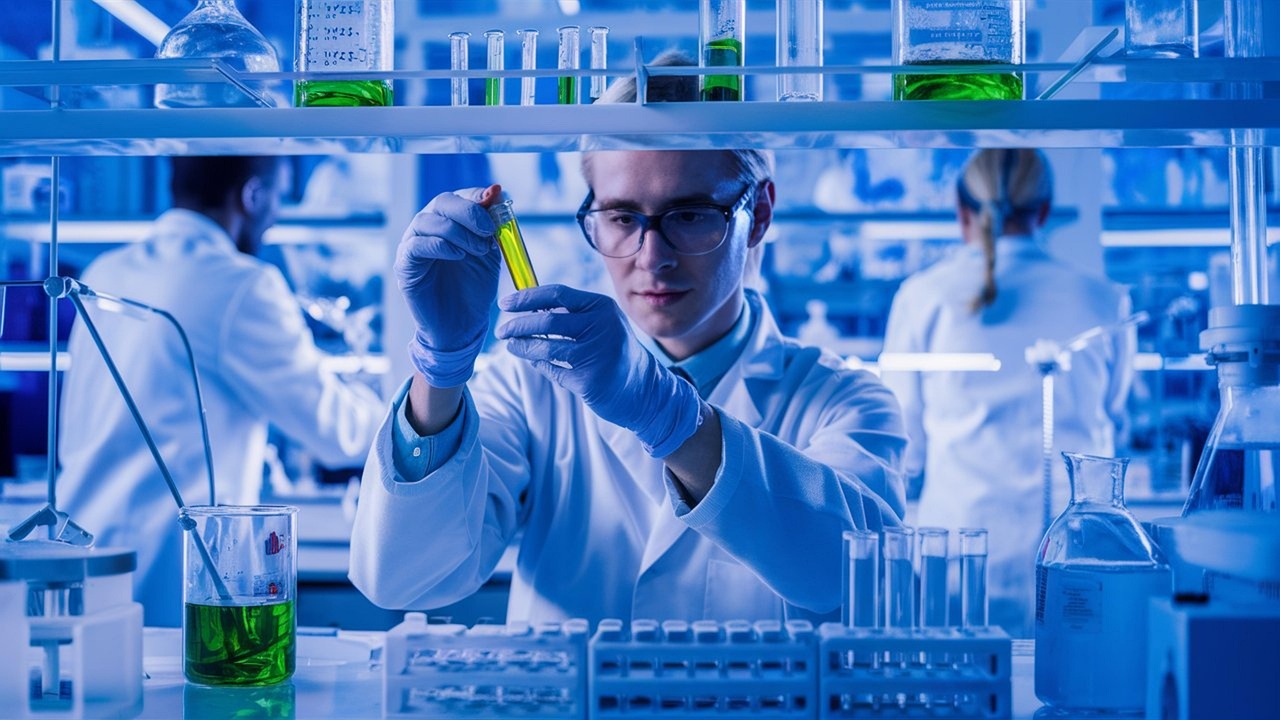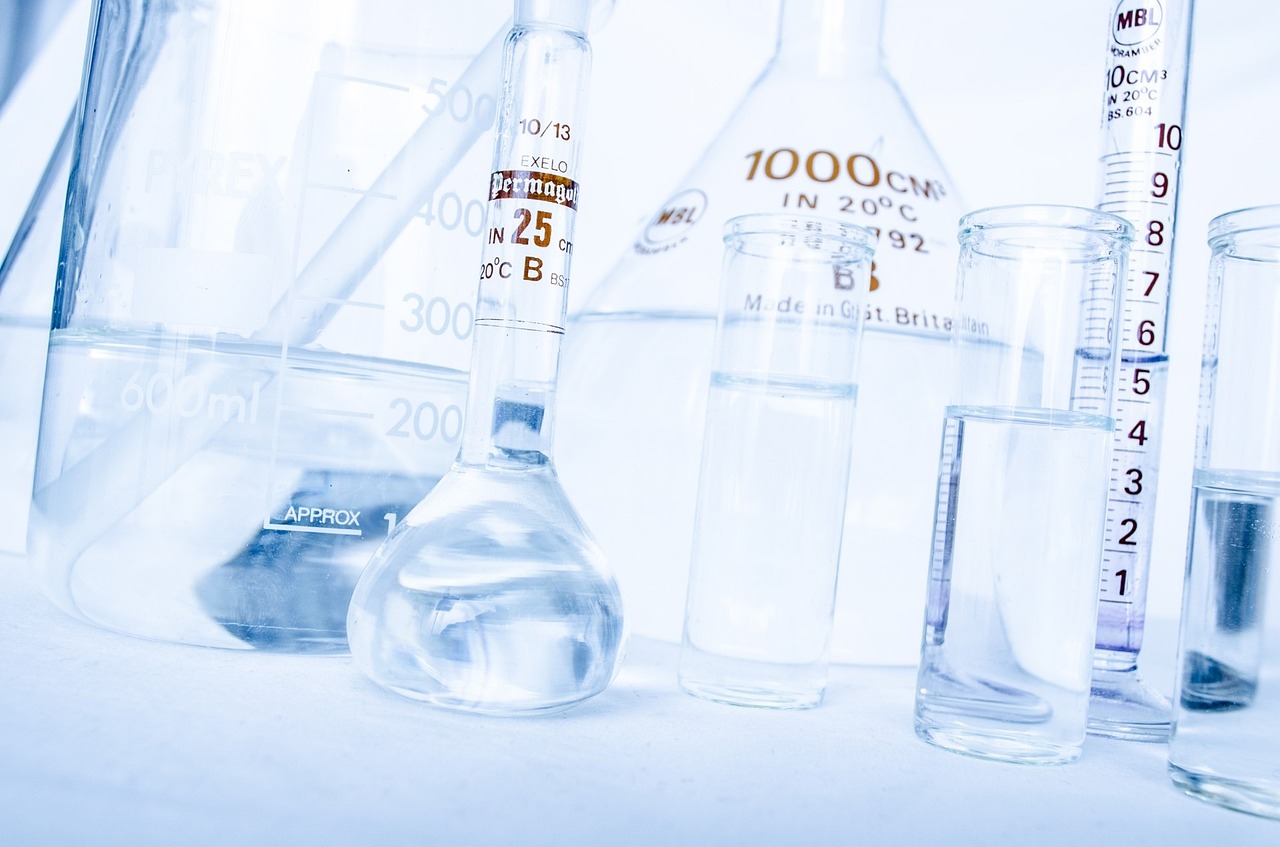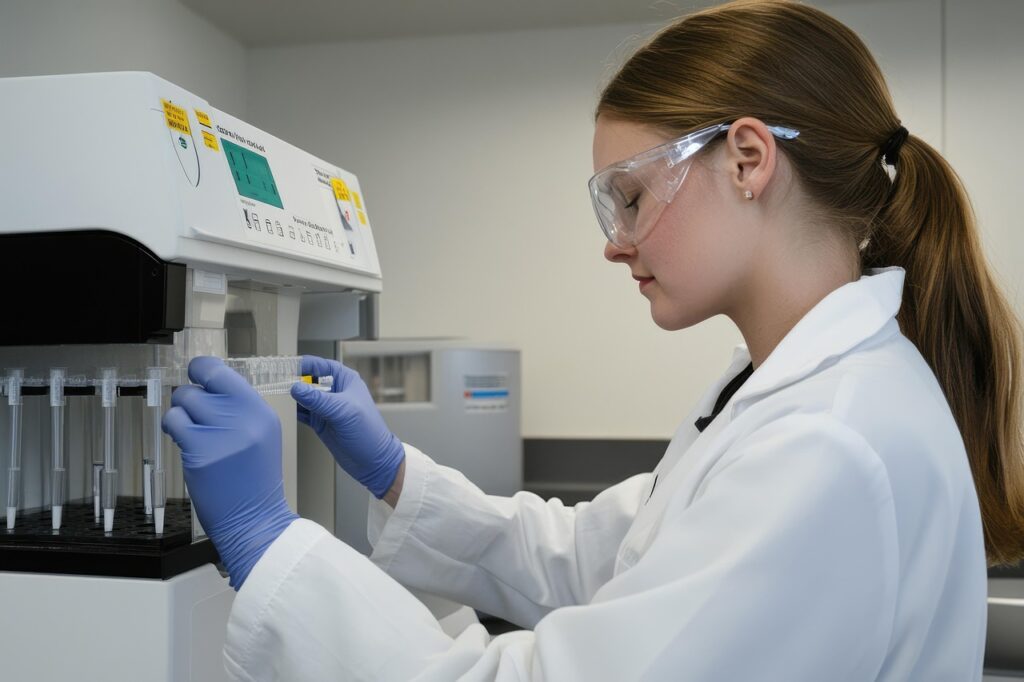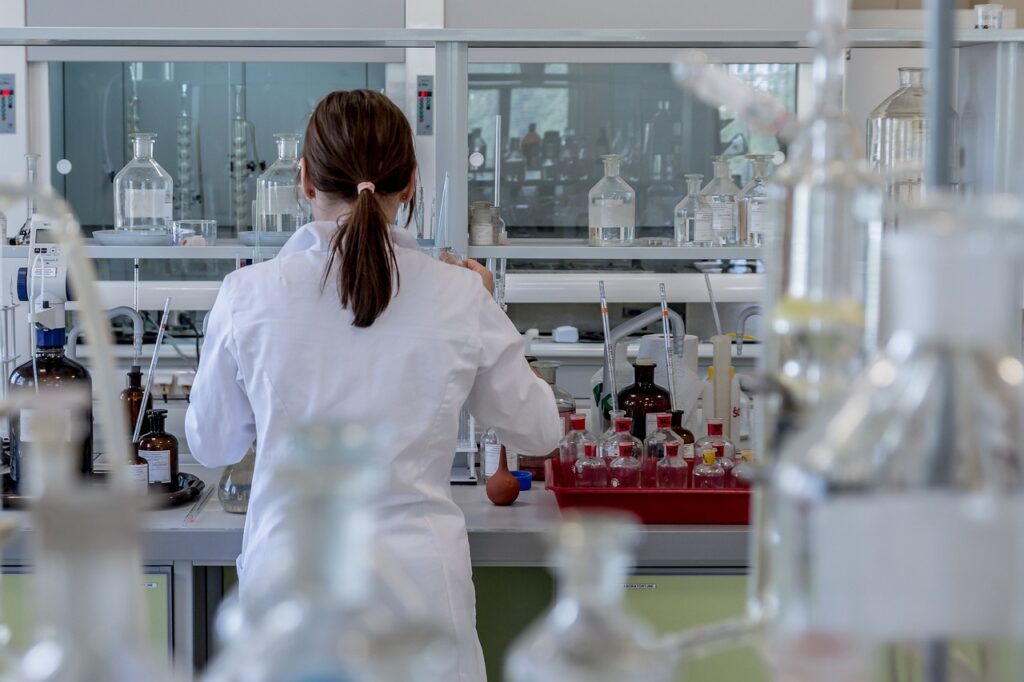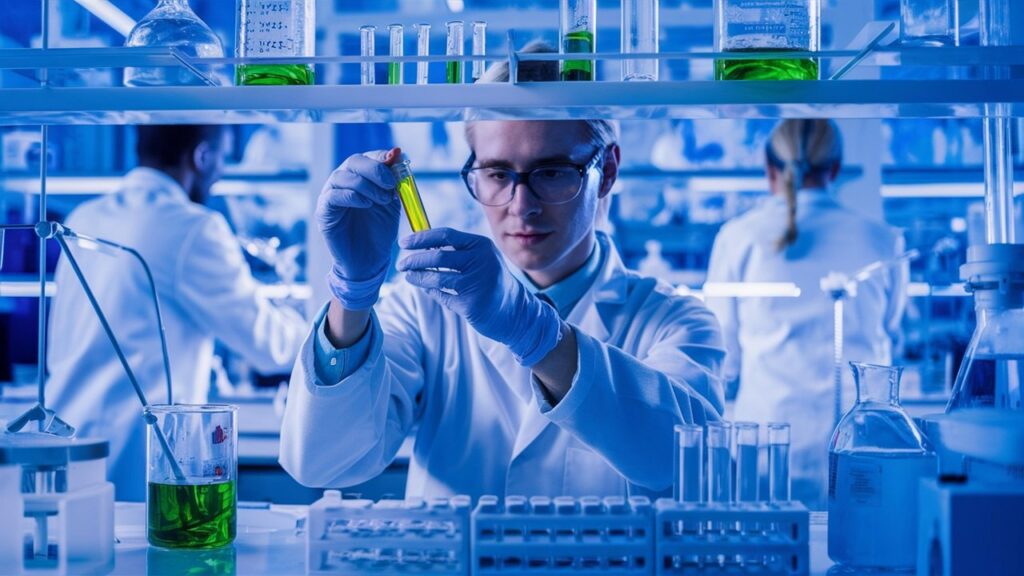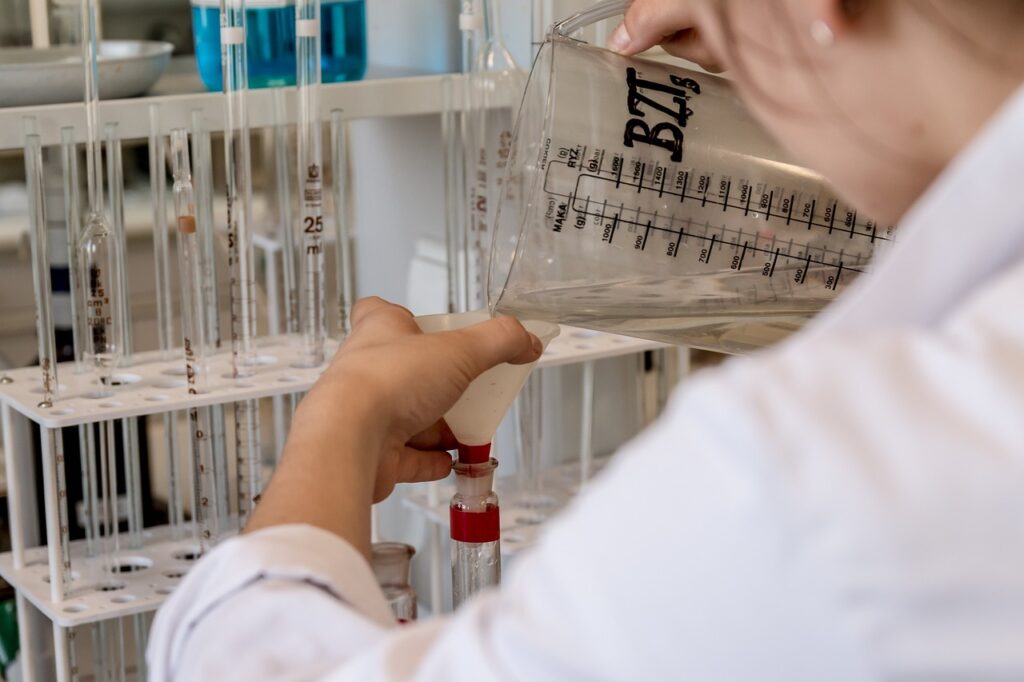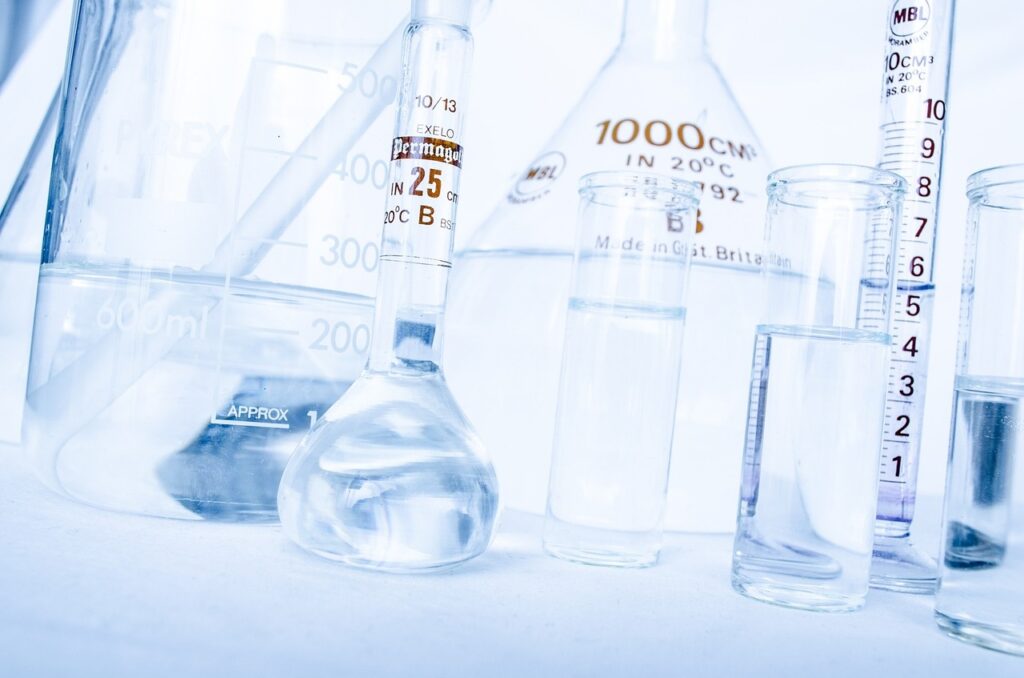The foundation of life, food is essential to maintaining health and wellbeing. Its quality has a direct impact on people’s and communities’ health because it is the main source of nutrients and energy. As a result, ensuring food safety has become a top priority for producers, authorities, and consumers. However, there is now a much higher chance of chemical contamination in food due to the quick speed of industrialization. These pollutants, which could be harmful to human health, can originate from environmental conditions, processing techniques, or agricultural practices.
The globalization of the food supply chain, which creates additional difficulties in preserving quality and safety, further complicates matters. Food items frequently transcend continents after going through several production and distribution phases. Strict monitoring and testing are essential because of this integrated system’s increased risk of exposure to dangerous chemicals. Given this, food chemical testing becomes an essential tool for safeguarding the public’s health and fostering confidence in the food sector.
In this blog, we will explore the significance of food chemical testing, its role in consumer safety, and how food testing labs ensure the highest standards of food quality.
Understanding Food Chemical Testing
Food chemical testing is the process of carefully examining food items to find and measure dangerous chemicals, impurities, and additions. The purpose of this testing procedure is to guarantee food safety and compliance with strict legal requirements. The main issues that testing attempts to identify and solve are contaminants including chemical adulterants, heavy metals like lead and mercury, and pesticide residues. Food chemical testing protects consumer health by detecting these possible threats and averting the dangers of harmful compounds in the food supply chain.
Food chemical testing not only finds dangerous compounds but also makes sure that additives like colorants, sweeteners, and preservatives stay within acceptable bounds. The accuracy and effectiveness of these tests have been greatly increased by sophisticated technology and procedures including mass spectrometry and chromatography. Food chemical testing is currently essential to guaranteeing safety and quality compliance for both manufacturers and consumers due to the quick changes in food production and distribution networks.
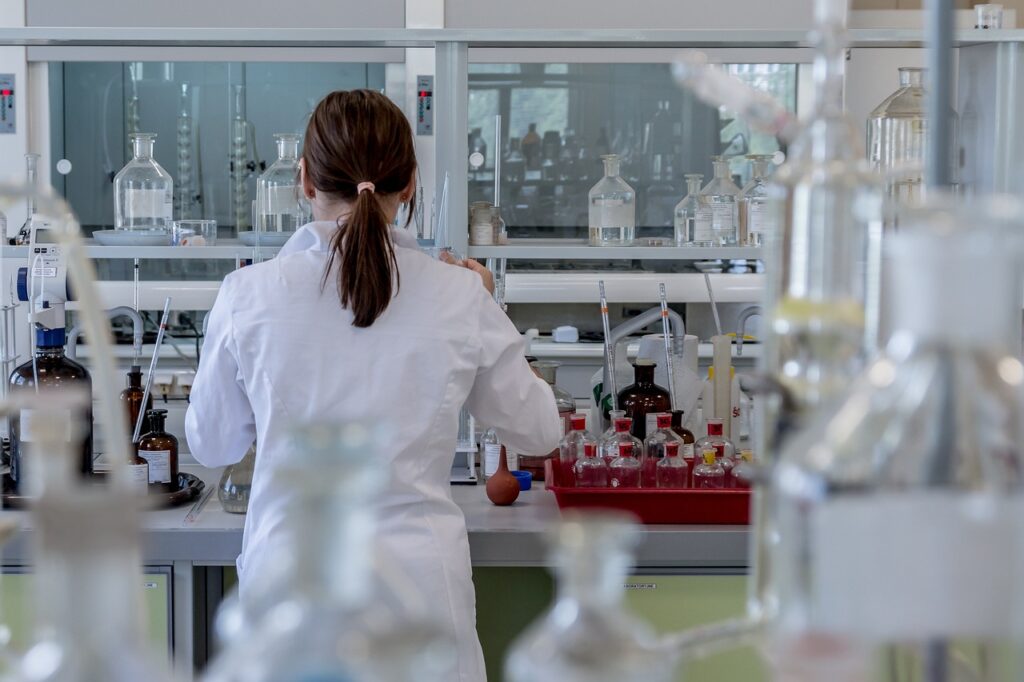
Common Chemicals Tested in Food
Food testing labs analyze a variety of chemicals, including pesticides, antibiotics, heavy metals like lead and mercury, and industrial contaminants such as dioxins and polychlorinated biphenyls (PCBs). Additives like preservatives, artificial sweeteners, and colorants are also tested to ensure they are within permissible limits. This comprehensive testing helps maintain food safety at every stage of production.
Why Food Chemical Testing is Crucial
Protecting Public Health
Food poisoning, chronic illnesses, and even life-threatening conditions can be brought on by chemical pollutants in food. By identifying dangerous compounds and making sure they are eliminated or reduced to acceptable levels, food chemical testing helps to limit these risks.
Meeting Regulatory Compliance
Strict rules have been established by governments and international organizations to guarantee food safety. Food chemical testing assists producers in meeting these requirements, preventing fines and guaranteeing seamless distribution in both domestic and foreign markets.
Preventing Food Adulteration
Intentional or unintentional food adulteration can have serious health consequences. Testing ensures that consumers receive safe and genuine products by identifying adulterants such as dangerous dyes, unauthorized additions, and excessive preservatives.
Enhancing Consumer Confidence
Customers are calling for more information on the safety and quality of the food they eat. Manufacturers can show their dedication to consumer safety by funding food chemical testing, which will increase consumer loyalty and trust.
Supporting Global Trade
Chemical testing is essential in the global food market to satisfy different nations’ import and export requirements. It facilitates seamless cross-border trade by guaranteeing that goods are safe, free of prohibited substances, and satisfy international quality standards.
The Role of Food Testing Labs
Detection of Contaminants
Food testing labs use advanced equipment and techniques to identify contaminants at trace levels. This ensures that even the smallest amount of harmful substances is detected and addressed.
Compliance Testing
By carrying out comprehensive tests for pesticides, heavy metals, and other substances, labs assist manufacturers in making sure their goods fulfill regulatory requirements. This is necessary to protect consumers and stay out of trouble with the law.
Nutritional Labeling Verification
Correct labeling is essential to gaining the trust of customers. Food testing laboratories ensure transparency and adherence to labeling regulations by confirming that the nutritional data on product labels corresponds to the actual content.
Customized Testing Services
Each food product has unique testing requirements. Labs offer tailored testing solutions to address specific concerns, such as allergen testing or analyzing new additives, helping manufacturers maintain high-quality standards.
Challenges in Food Chemical Testing
Despite advancements, food chemical testing faces challenges such as detecting emerging contaminants, keeping up with evolving regulations, and ensuring rapid turnaround times for results. Additionally, the complexity of testing diverse food matrices can make the process more intricate and resource-intensive.
Emerging Trends in Food Chemical Testing
In recent years, the food industry has witnessed significant advancements in food chemical testing. These innovations aim to improve the accuracy, efficiency, and traceability of testing processes, ensuring food safety and quality in a highly globalized market.
- Technological Advancements: The integration of advanced techniques such as mass spectrometry and chromatography is transforming food chemical testing. Mass spectrometry allows for highly sensitive and precise detection of chemical contaminants, toxins, and additives at low concentrations, which ensures that food products meet regulatory standards. Chromatography, including techniques like high-performance liquid chromatography (HPLC), enables the separation and analysis of complex mixtures of chemicals, helping to detect residual pesticides, antibiotics, and other harmful substances that could compromise food safety. These technologies not only improve the accuracy of results but also reduce testing time, helping labs to keep up with the increasing demand for faster results.
- Blockchain for Traceability: With growing concerns over food authenticity and safety, blockchain technology is being adopted to enhance transparency and traceability in the food supply chain. Blockchain provides a secure and immutable record of the journey of food products from farm to table. By integrating blockchain into food chemical testing, labs can track the origin and quality of raw materials, monitor safety protocols, and verify compliance with safety standards. This enhances consumer confidence by providing verifiable data on the safety and sourcing of food products.
- Artificial Intelligence (AI) for Process Optimization: The application of artificial intelligence is revolutionizing how food testing is conducted. AI algorithms can analyze large datasets, recognize patterns, and predict potential risks, making testing more accurate and cost-effective. By automating routine tasks such as data analysis and report generation, AI allows food testing labs to focus on more complex problems, improving overall operational efficiency. Moreover, AI-powered predictive models can identify trends and potential hazards in the food supply chain, offering proactive solutions before issues arise.
- Increased Regulatory Demands: As the food industry becomes more globalized, regulations governing food safety are becoming more stringent. The integration of these advanced technologies helps testing laboratories meet these rising regulatory demands, ensuring that food products are safe for consumption and compliant with international standards. With enhanced precision and efficiency, these tools support the testing of a wide range of chemical contaminants, including heavy metals, preservatives, and allergens, which are critical to consumer health.
Conclusion
In today’s fast-paced world, food products often traverse international borders, reaching millions of consumers with varying safety standards. As a result, ensuring food safety and quality is more important than ever. Food Chemical Testing serves as the first line of defense against chemical hazards, offering protection against harmful substances that could jeopardize public health. With the adoption of advanced technologies like mass spectrometry, chromatography, blockchain, and AI, testing processes have become more accurate, efficient, and transparent. These innovations are vital in keeping pace with the growing demands of the food industry, safeguarding consumers, and fostering trust in the food supply chain. As food safety continues to be a global priority, these advancements in food chemical testing play a crucial role in maintaining the integrity and reliability of the food products we consume.

